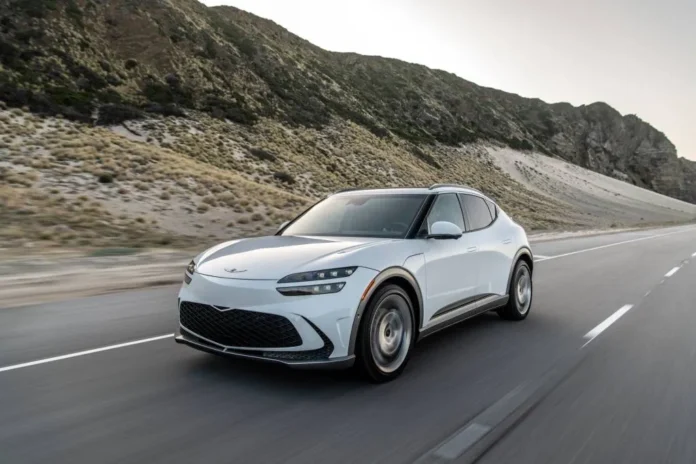“Industrial heat accounts for one-quarter of the global energy consumption and is a massive, $450 billion market,” Juha Lindfors, a partner at Lifeline Ventures, said on Monday in a statement. “Decarbonizing industrial heat presents a huge opportunity.”
Meskanen, a Finnish entrepreneur, said she first met her co-founder, Nate Weger, in 2023 through a DOE-funded program called Cradle to Commerce, which aims to accelerate climate technologies developed in U.S. national laboratories. At the time, Weger was finishing his PhD at the University of California at Berkeley and conducting research on thermal energy storage at the Lawrence Berkeley National Laboratory.
Meskanen moved to the San Francisco Bay Area late last year to launch Calectra with Weger, who is also the company’s chief technology officer. Since then, the duo have been developing their thermal storage system at both Berkeley Lab and the Port Labs coworking space in Oakland, where they keep a high-temperature furnace downstairs and test brick materials, including a graphite-and-ceramic composite.
Calectra’s approach is somewhat similar to that of Brenmiller Energy, Rondo Energy, and other thermal storage companies. Electrical currents bring bricks or crushed rocks to red-hot temperatures. Ideally, the systems can use the excess electricity generated by wind and solar projects during off-peak hours — similar to what conventional battery systems do — helping balance the grid and reduce electricity costs. Later, the bricks transfer that heat to things like cement kilns or, as in Rondo’s case, whiskey distilleries.
But there’s a key difference in Calectra’s system. Whereas most other firms use heat exchangers or other equipment to transfer heat to and from bricks, Calectra aims to make its bricks electrically conductive themselves, which Meskanen said is more energy-efficient. Electric currents would pass directly through the brick material to generate heat, similar to how currents flow through the metal filaments in incandescent lightbulbs to make heat and light. Pipes carrying hot air would then feed into the industrial processes.
Calectra is only just starting to put this concept to the test. With the pre-seed and grant funding in hand, Meskanen and Weger are working to grow their team by hiring a materials scientist and hardware engineers to help nail down the brick-material combinations and build a larger prototype of the system, in preparation for raising a round of seed funding.
“We’re laser-focused on building a solution for high-temperature heat at low cost and zero carbon,” Meskanen said. “It’s risky, but it’s worth giving it a shot for the sake of the climate.”
Source link by Canary Media
Author Maria Gallucci
#startup #plan #clean #industry #electrified #bricks




![Hyundai’s electric hot hatch spotted out in the wild for the first time [Images] Hyundai’s electric hot hatch spotted out in the wild for the first time [Images]](https://ev-magazine.com/wp-content/uploads/2025/12/1766723605_Hyundais-electric-hot-hatch-spotted-out-in-the-wild-for-324x160.jpeg)